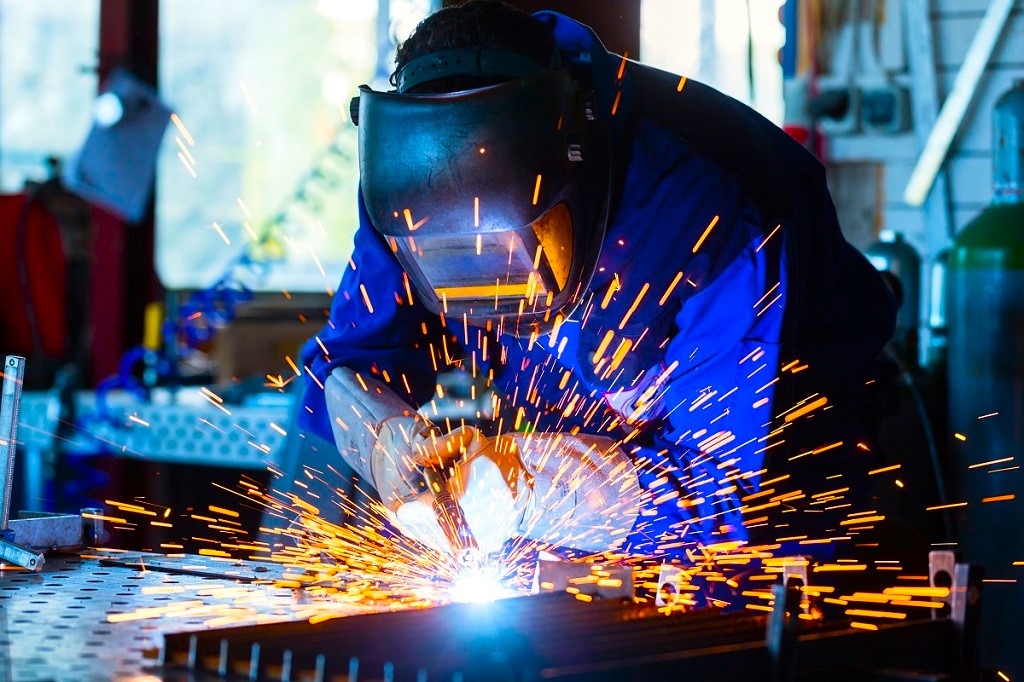Metal fabrication, the backbone of countless industries, breathes life into raw metal, transforming it into everything from building frames to car parts and even intricate sculptures. But how exactly does this transformation happen? While the techniques employed can be quite diverse, the core processes can be broadly categorized into three main types:
-
Shaping the Canvas: Sheet Metal Fabrication
Imagine a giant metal sheet – that’s the starting point for sheet metal fabrication. This method focuses on manipulating flat sheets, typically less than 6mm thick, into various shapes. Think of it like origami but with metal and high-powered machinery.
Cutting and Bending: Shearing, punching, and laser cutting are some popular techniques used to achieve precise cuts. Bending machines then fold the sheet into the desired form, like crafting a metal box from a flat sheet.
Applications Galore: Due to its speed and accuracy, sheet metal fabrication is ideal for mass production. From air conditioning units and building roofs to car body panels and appliances, sheet metal components are everywhere in our daily lives.
Related: How to Prevent Your Business Idea From Being Stolen
-
Subtractive Magic: Machining
Machining takes a more refined approach. Here, the metal you see is the final product, and the unwanted material is meticulously removed to reveal the hidden form within.
How it Works: Imagine a sculptor carving a masterpiece from a block of stone. Machining works similarly, using specialized cutting tools to shave away bits of metal until the desired shape is achieved. This method offers incredible precision, allowing for the creation of complex parts with tight tolerances.
Beyond the Basics: There’s a whole world within machining, with techniques like drilling, milling, and turning catering to specific needs. Machining is vital for creating precision components in engines, gears, firearms, and countless other applications.
-
Shaping from the Inside Out: Casting
Casting offers a different perspective. Instead of removing material, it involves creating a mold of the desired shape and then pouring molten metal into it. Once the metal cools and solidifies, the mold is broken away, revealing the final product.
Think Big or Small: Casting excels at producing both large, complex structures – like engine blocks or bridge supports – and intricate, detailed pieces – like decorative statues or jewelry.
Material Matters: The type of metal used in casting plays a crucial role. Cast iron, for instance, is renowned for its strength and affordability, while aluminum casting offers a lighter-weight option.
Related: How Does Innovation Help a Business
Beyond the Basics: A World of Techniques
While these three core categories provide a solid foundation, the world of metal fabrication is a vast and ever-evolving one. Techniques like welding (joining separate metal pieces), forging (shaping metal through compressive force), and extrusion (forcing metal through a mold to create specific shapes) all play significant roles in the metalworking industry.
Understanding these fundamental types of metal fabrication equips you to appreciate the marvels crafted from the metal around you. Whether it’s the intricate details of a machined watch component or the sturdy frame of a skyscraper, each piece is a testament to the skill and ingenuity of metal fabrication.

